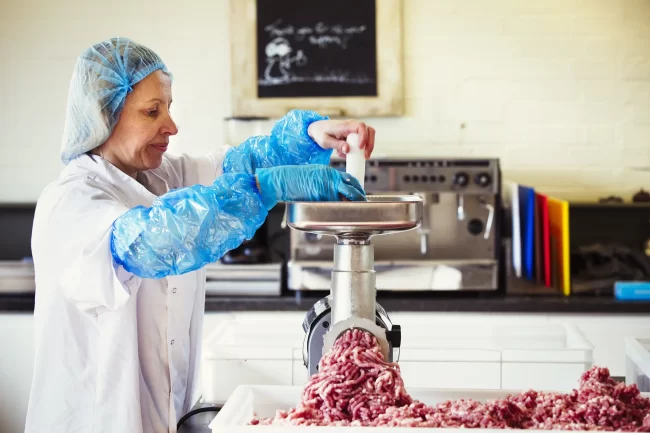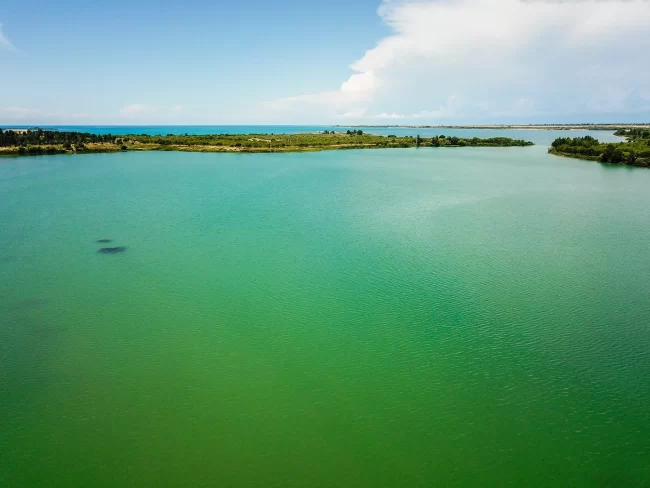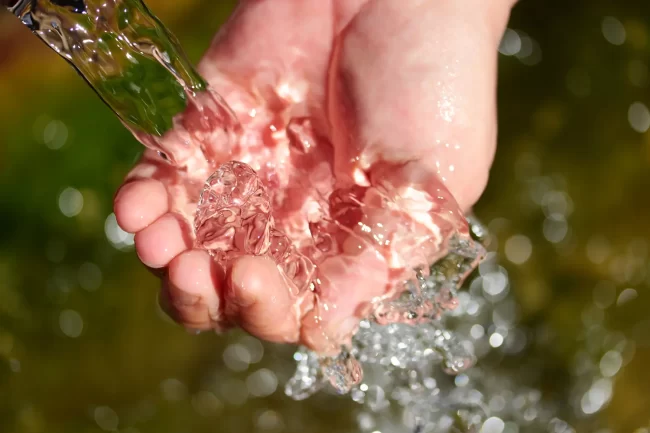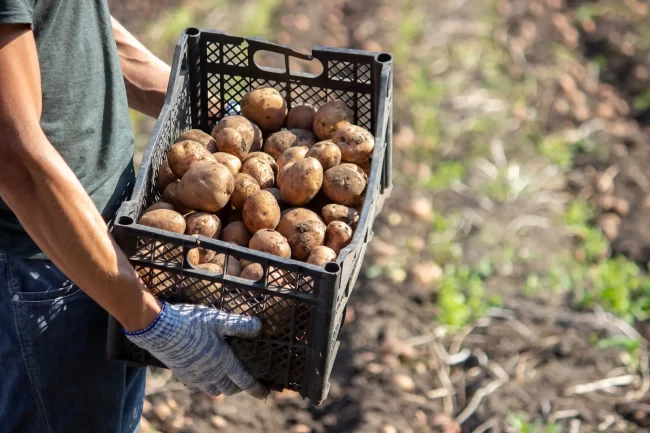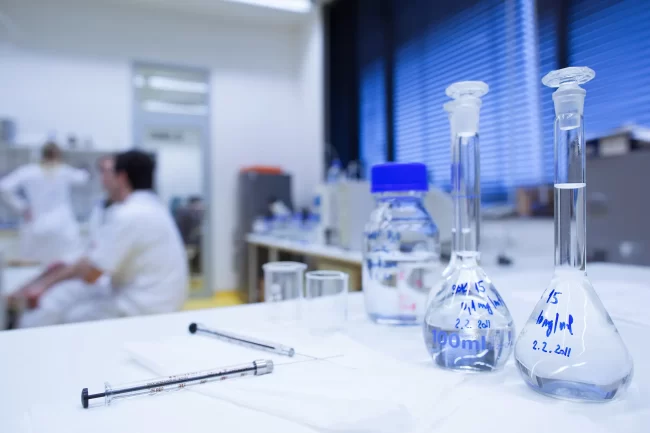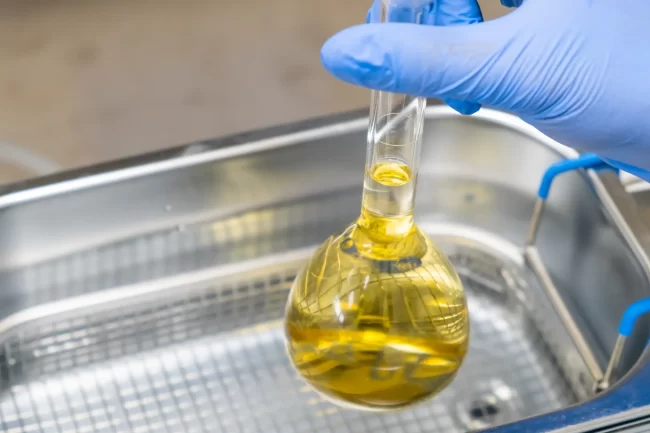Implementing Chlorine Dioxide in Meat Processing: A Strategy for Enhanced Food Safety
Ensuring food safety in meat processing is paramount to protecting public health and maintaining industry standards. Microbial contamination is a significant concern, as it can lead to foodborne illnesses and compromise the quality of meat products. Chlorine Dioxide (ClO2) has emerged as a powerful tool in reducing microbial contamination in meat processing, offering an effective…
